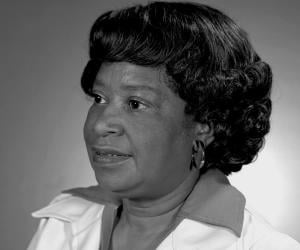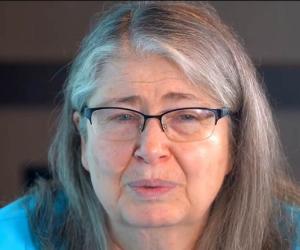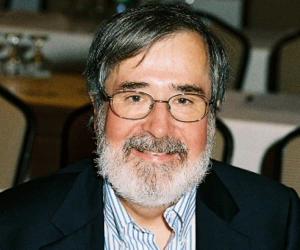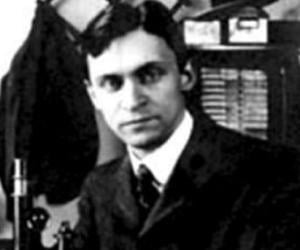
American mathematician and aerospace engineer Mary Jackson went down in history as the first African-American woman to work as a NASA engineer. Initially a math teacher, she later joined NACA under Dorothy Vaughan and contributed to countless American space programs at a time when racial segregation was the norm.










